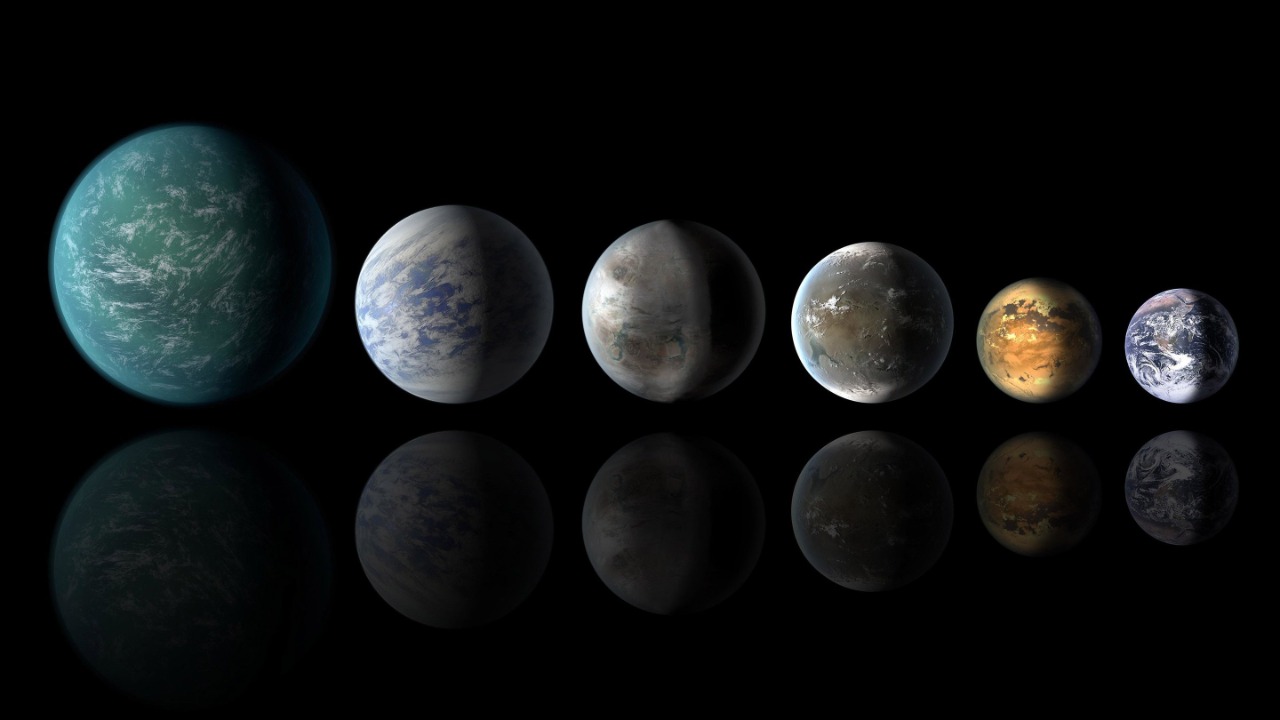
Space, the final frontier, is home to a host of strange and fascinating celestial bodies. The last decade has seen the discovery of numerous planets, each with unique characteristics that defy our understanding of the universe. Let’s embark on a cosmic journey, exploring nine of the most extreme planets discovered in recent years.
The Scorching Inferno: Kepler-78b
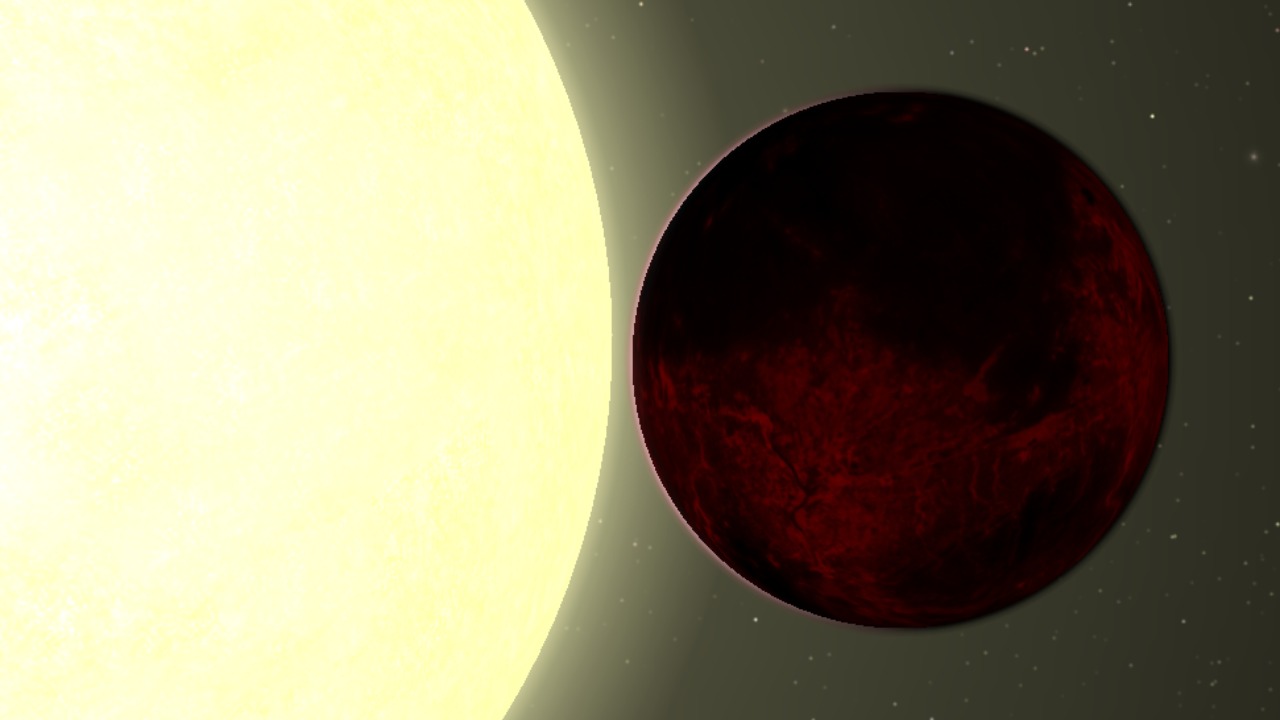
Imagine a world so hot that iron would melt in its surface. That’s Kepler-78b, a planet whose surface temperatures soar above 2,000 degrees Celsius, earning it the nickname of a ‘lava world’. Not only is this exoplanet scorching hot, but it also orbits its star in a mere 8.5 hours, making its years incredibly short by Earth standards.
The Planet of Eternal Night: TrES-2b
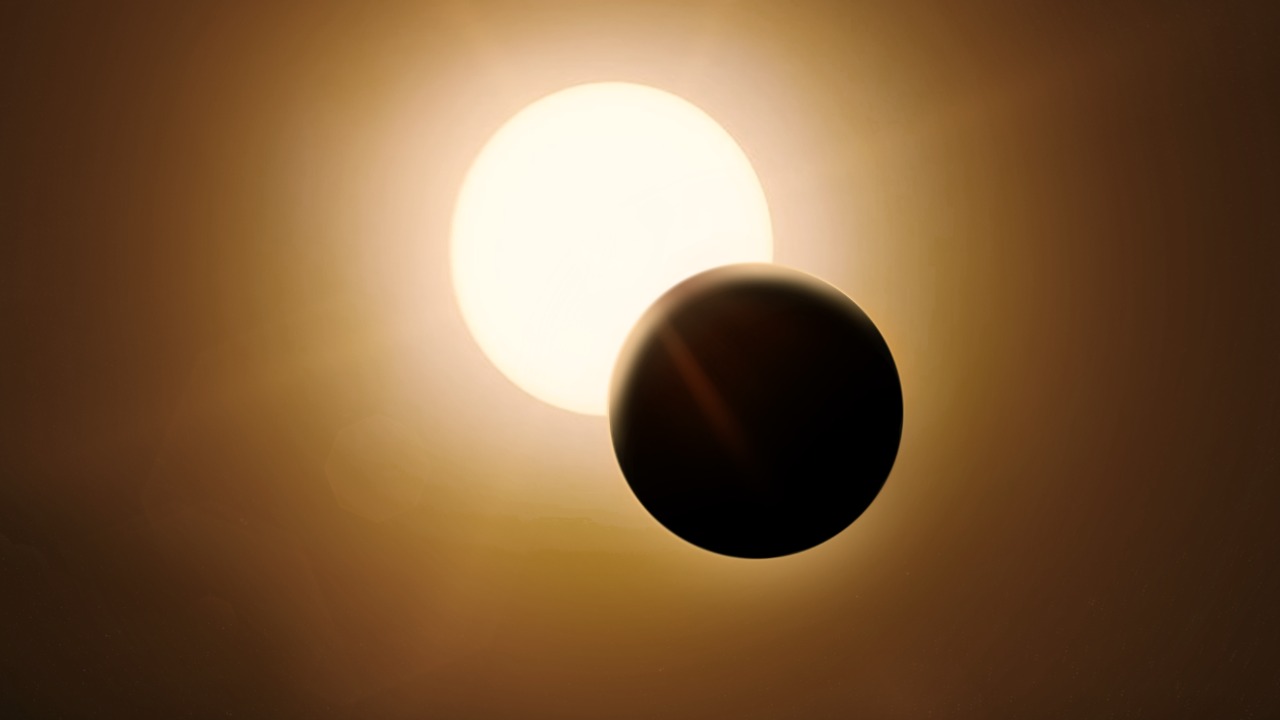
TrES-2b, also known as the ‘Dark Planet’, is one of the darkest known exoplanets, reflecting less than 1% of the light that hits it. This gas giant is less reflective than coal or black acrylic paint, making it appear as an almost pitch-black sphere in space. Its eerie, dark appearance is due to the absorption of light by the planet’s thick, methane-free atmosphere.
The Diamond Rain Planet: WASP-12b
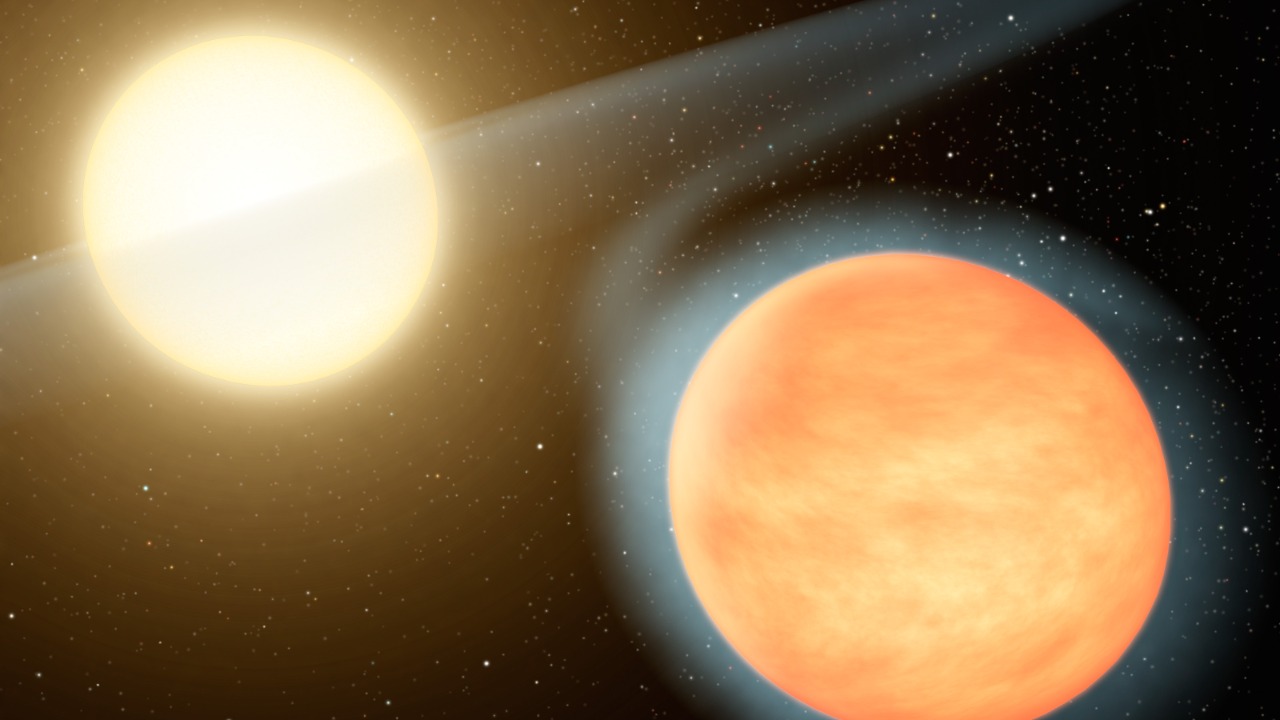
The phrase ‘diamonds are a girl’s best friend’ would take on a whole new meaning on WASP-12b. This gas giant is believed to have atmospheric conditions suitable for the formation of diamond rain. The high pressure and temperature in its atmosphere could compress carbon soot into diamonds, which would then ‘rain’ down into the planet’s interior.
The Glass Rain Planet: HD 189733b
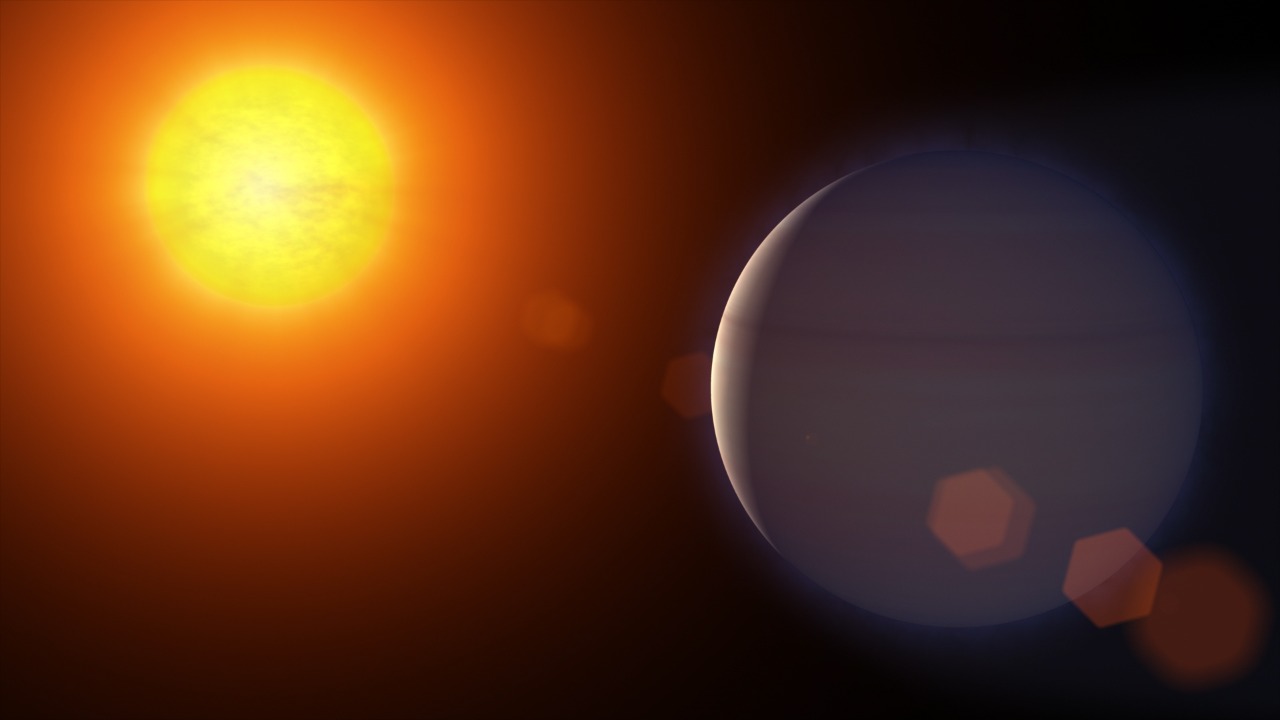
Equally fascinating is HD 189733b, a planet where it rains glass — sideways. This is due to the planet’s incredibly high wind speeds of over 7,000 kilometers per hour, which carries the silicate particles in the planet’s atmosphere sideways, creating a hellish landscape of scorching heat and glass rain.
The Planet Older Than the Universe: Methuselah Planet (PSR B1620-26 b)
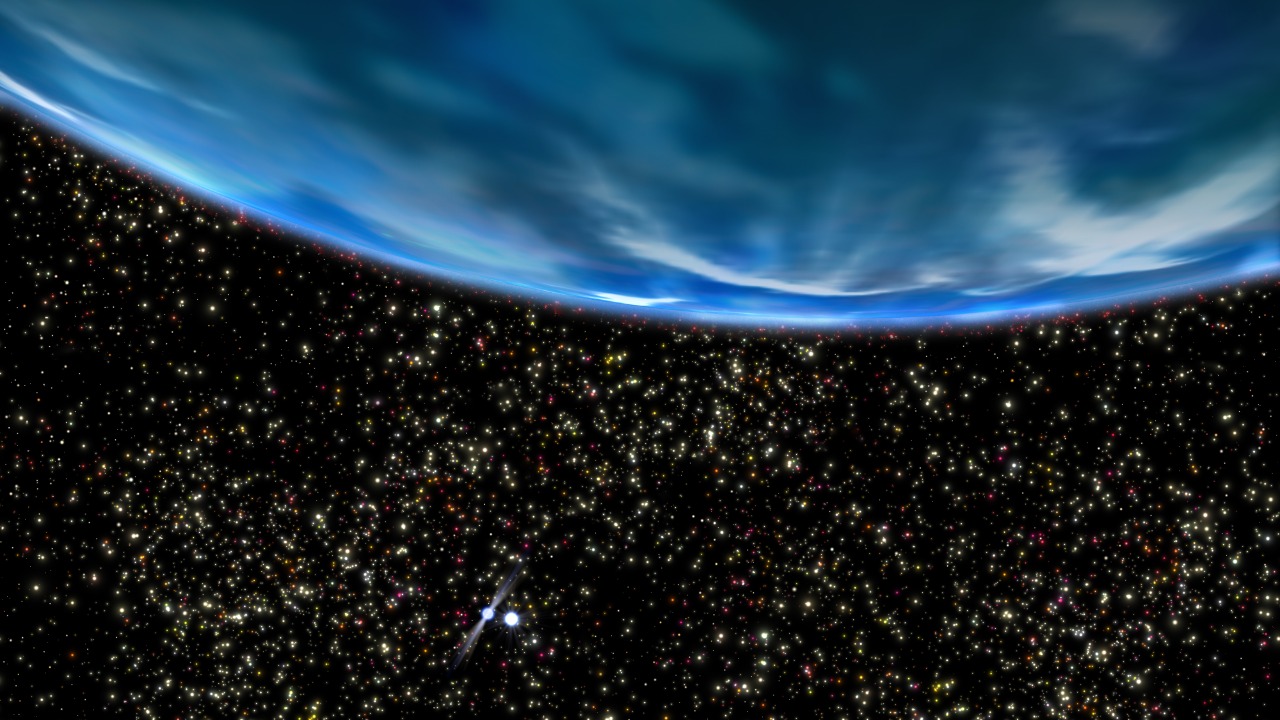
At an estimated age of 13 billion years, the Methuselah Planet, or PSR B1620-26 b, is one of the oldest known planets in the universe. It’s so old, in fact, that its age seems to contradict the estimated age of the universe itself, which is about 13.8 billion years according to the Big Bang theory. The Methuselah Planet’s age remains a mystery and a topic of ongoing debate in the scientific community.
The Water-World Planet: GJ 1214b
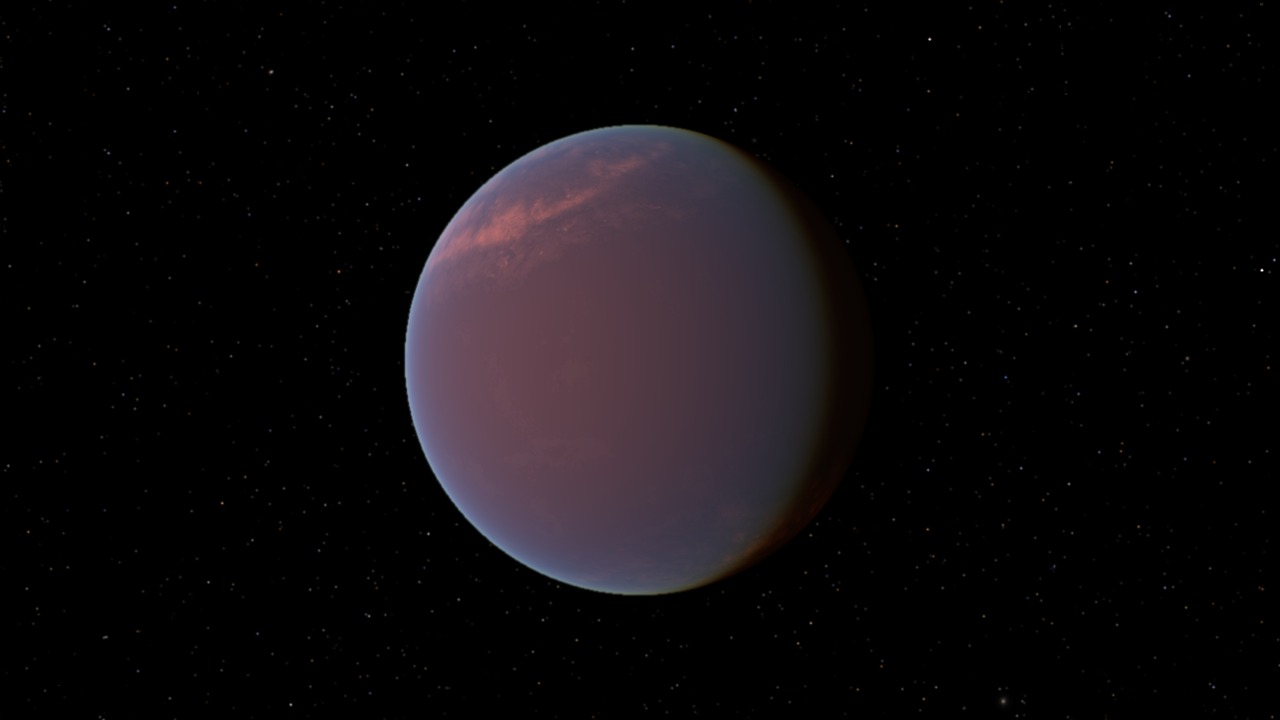
GJ 1214b, a super-Earth located 40 light-years away, is a water-world exoplanet with an atmosphere that scientists believe contains a lot of water. However, this is not a tropical paradise. The high temperatures and pressures would form exotic materials like ‘hot ice’ or ‘superfluid water’.
The Tidally-Locked Planet: Proxima Centauri b
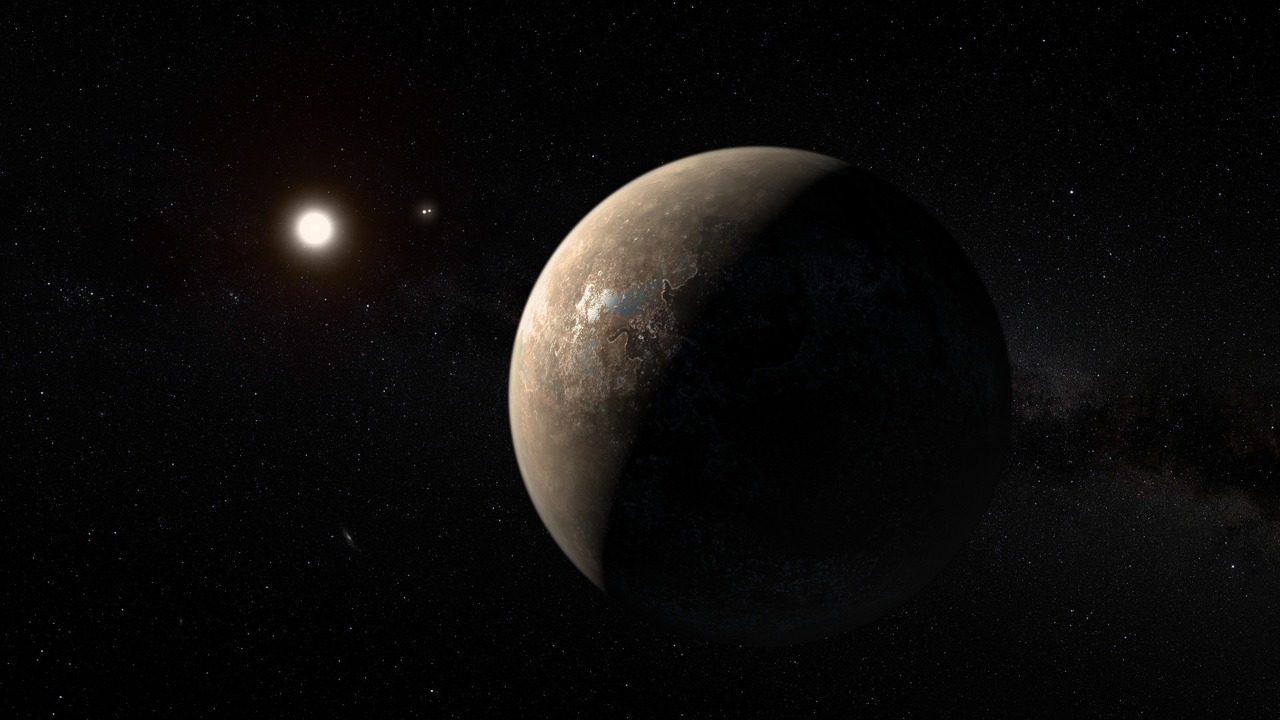
Proxima Centauri b is the closest known exoplanet to us, orbiting in the habitable zone of the Proxima Centauri star. It’s tidally locked, meaning one side always faces its star and is in perpetual daylight, while the other side is in eternal darkness. This could lead to extreme temperature differences between its day and night sides.
The Lava Ocean Planet: 55 Cancri e
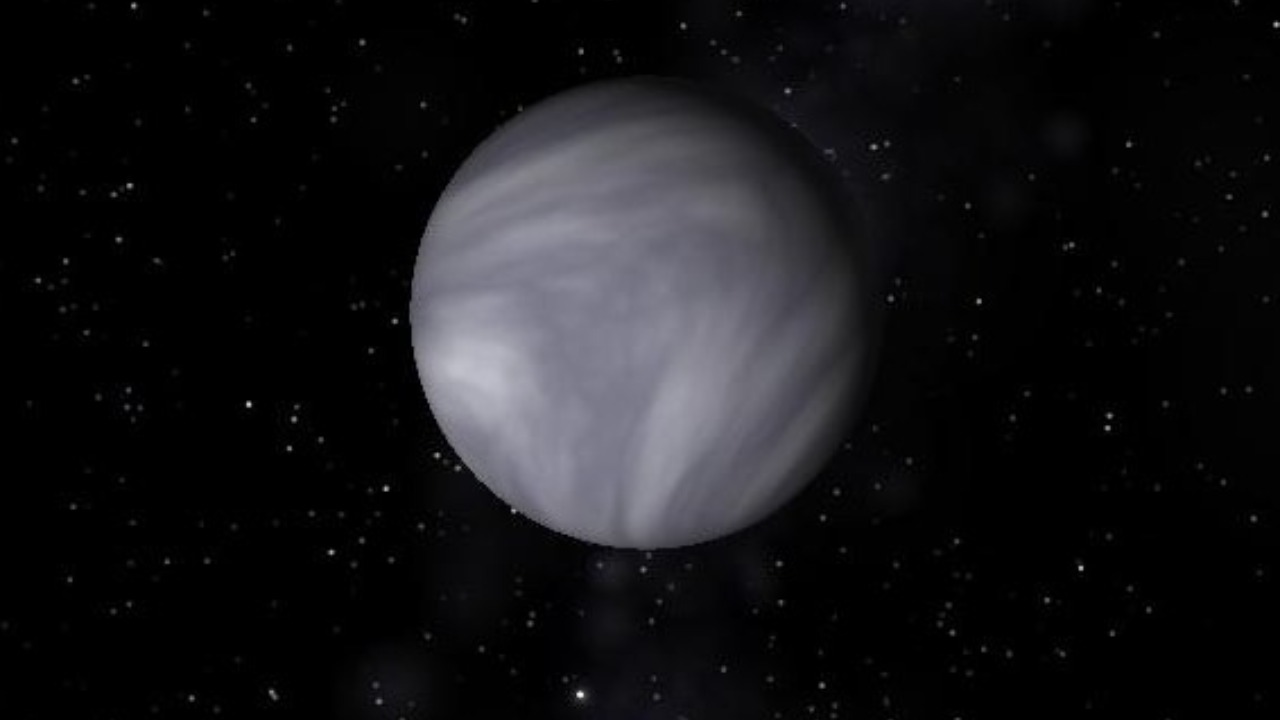
55 Cancri e is another infernal world, with surface temperatures reaching over 2,000 degrees Celsius. These conditions could create vast ‘lava oceans’. If that wasn’t extreme enough, this planet’s year lasts just 18 hours due to its extremely close proximity to its star.
The Rogue Planet: CFBDSIR 2149-0403

Rogue planets like CFBDSIR 2149-0403 don’t orbit a star but instead drift through space. This particular rogue planet is intriguing because it’s the closest one to our solar system. Such planets can provide valuable information about the formation and evolution of planetary systems, making this rogue planet an exciting discovery for astronomers.
These extreme planets offer a glimpse into the vast and diverse universe we inhabit. As our technology and understanding continue to evolve, who knows what other amazing discoveries await us in the cosmos. To explore more about these extreme planets and others, check out this comprehensive List of Exoplanet Extremes.